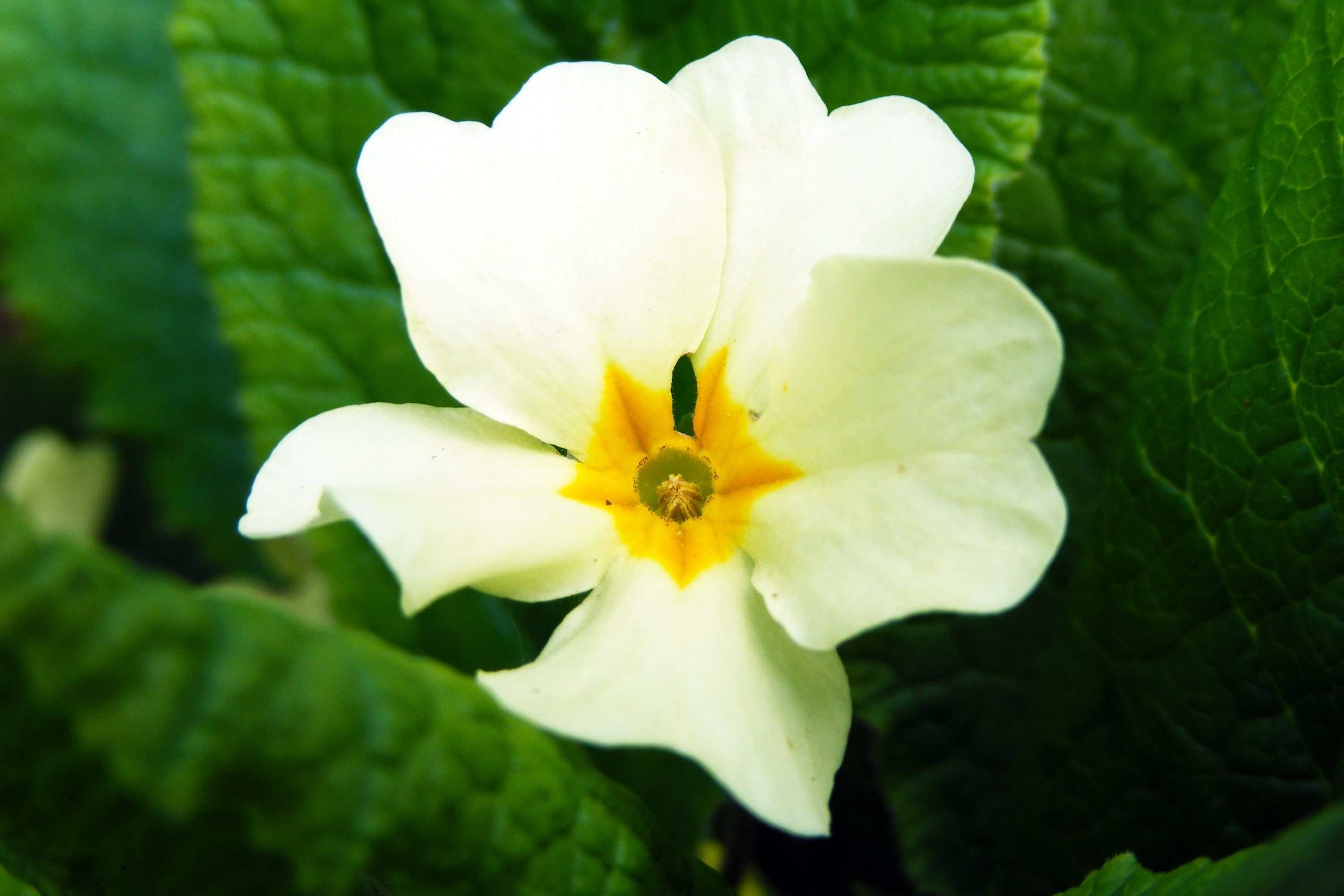Moonlight primrose
(Primula alpicola)

Description
Primula alpicola, the moonlight primrose, is a species of Primula native to Bhutan and southeastern Tibet, where it grows in vast numbers along the Tsangpo valley alongside Primula florindae. Their habitats hardly ever overlap; P. florindae prefers wetter soils close to rivers, giving way to P. alpicola on drier sites. It was first collected for western horticulture in 1926 by Frank Kingdon-Ward, and was described as a variety of Primula microdonta by William Wright Smith, but later raised to a distinct species by Otto Stapf. It grows to 15–50 cm (rarely to 1 m) tall with many bell-shaped flowers. The flowers can be in several colours, white, cream, yellow and shades of purple. These are sometimes referred to as varieties, such as var. violacea; however there is some considerable inconsistency in the naming. Kingdon-Ward gave it the temporary name "Joseph's Sikkimensis" after Joseph's coat of many colours. This plant is hardy in most of the UK and is available from specialist and larger garden centres. It has gained the Royal Horticultural Society’s Award of Garden Merit. Primula is a genus of herbaceous flowering plants in the family Primulaceae. They include the primrose (P. vulgaris), a familiar wildflower of banks and verges. Other common species are P. auricula (auricula), P. veris (cowslip), and P. elatior (oxlip). These species and many others are valued for their ornamental flowers. They have been extensively cultivated and hybridised (in the case of the primrose, for many hundreds of years). Primula are native to the temperate Northern Hemisphere, south into tropical mountains in Ethiopia, Indonesia, and New Guinea, and in temperate southern South America. Almost half of the known species are from the Himalayas. Primula has over 500 species in traditional treatments, and more if certain related genera are included within its circumscription. Primula is a complex and varied genus, with a range of habitats from alpine slopes to boggy meadows. Plants bloom mostly during the spring, with flowers often appearing in spherical umbels on stout stems arising from basal rosettes of leaves; their flowers can be purple, yellow, red, pink, blue, or white. Some species show a white mealy bloom (farina) on various parts of the plant. Many species are adapted to alpine climates.
Taxonomic tree:







